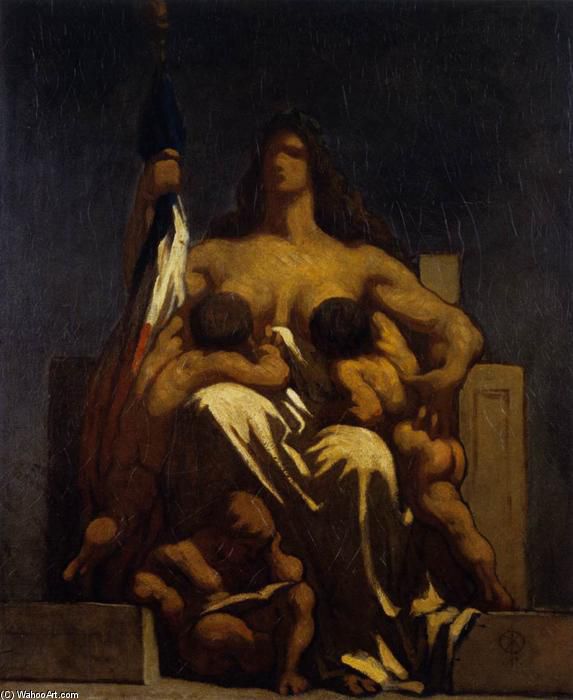Democracy and The Left

Honoré Daumier's (1808-1879) 'The Republic', 1848. After the Republic was proclaimed on 24 February 1848, the official image of the State had to be changed. A competition was launched to define the 'painted face of the republic'. The French caricaturist, painter, and sculptor submitted a mother nursing powerful toddlers while holding the tricolour flag in her hand. The child sitting at her feet, reading, was much admired.
[Read More]
